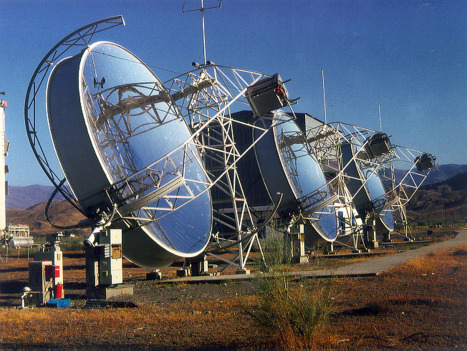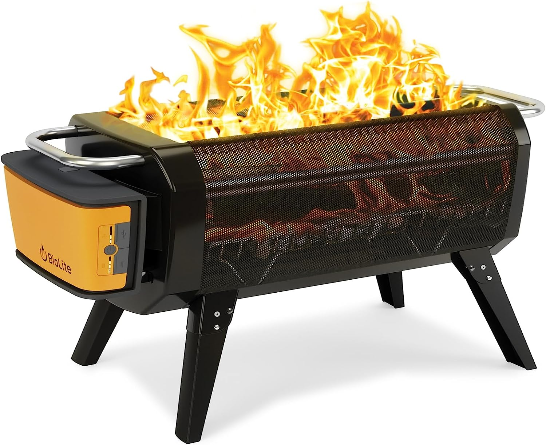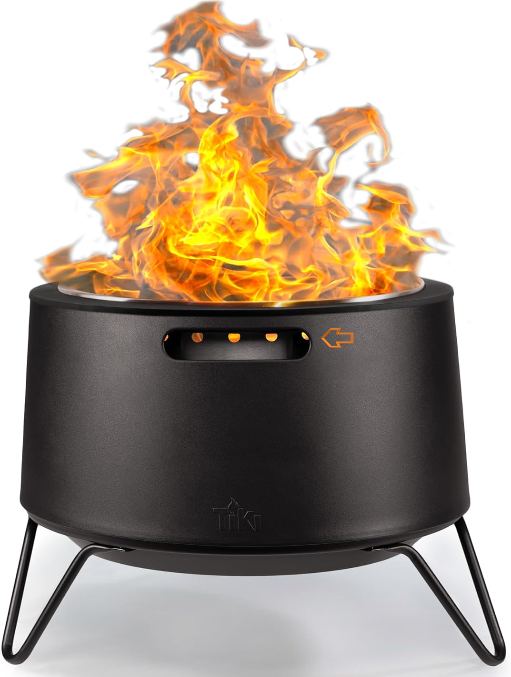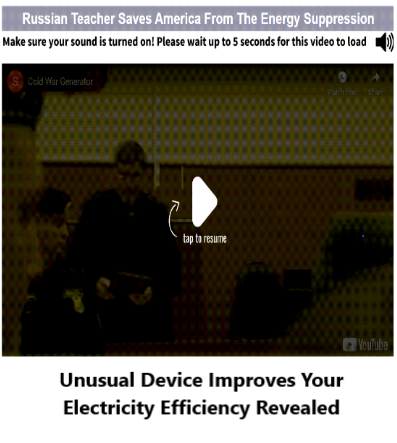
In today’s rapidly evolving energy landscape, the quest for sustainable power sources has never been more urgent. With concerns over climate change and the finite nature of fossil fuels, renewable energy technologies have taken center stage. Among these innovations, sterling solar generators have emerged as a promising solution for harnessing the power of the sun. In this comprehensive guide, we’ll delve into the workings of sterling solar generators, explore their applications, advantages, and challenges, and provide practical insights for individuals and businesses seeking to embrace renewable energy.
Quick Tips:
- Understand the basics: Learn about sterling engines and their integration with solar technology.
- Assess your needs: Determine your energy requirements and the feasibility of implementing sterling solar generators.
- Explore incentives: Research government incentives and subsidies available for investing in renewable energy systems.
- Consider maintenance: Factor in maintenance requirements and costs when evaluating the long-term viability of sterling solar generators.
- Seek expert advice: Consult with professionals for installation and ensure compliance with local regulations.
Understanding Sterling Solar Generators:
Sterling solar generators combine the principles of sterling engines with solar technology to convert solar energy into usable electrical power. Unlike traditional photovoltaic (PV) systems, which directly convert sunlight into electricity using semiconductor materials, sterling solar generators employ a different approach.
Explanation of Sterling Engines:
Sterling engines operate on the principle of cyclic compression and expansion of gas (typically helium) to generate mechanical work. This mechanical energy can be harnessed to drive a generator and produce electricity.
Integration with Solar Technology:
In sterling solar generators, sunlight is concentrated onto a solar receiver, heating the working fluid (usually helium) within the sterling engine. As the gas expands and contracts due to temperature changes, it drives pistons or a displacer, thereby generating rotational motion that powers an electrical generator.
Advantages of Traditional Solar Panels:
One of the key advantages of sterling solar generators is their ability to operate efficiently in various environmental conditions, including low light and high temperatures. Unlike PV panels, which experience reduced efficiency in cloudy or overcast conditions, sterling solar generators can continue to generate power thanks to their reliance on concentrated sunlight.
Key Components and Working Principles:
Sterling solar generators consist of several components, including the sterling engine, solar concentrator, solar receiver, and electrical generator. The solar concentrator focuses sunlight onto the solar receiver, where the working fluid is heated to drive the sterling engine. The mechanical energy produced is then converted into electrical power by the generator.
Applications of Sterling Solar Generators:
Sterling solar generators find a wide range of applications across residential, commercial, industrial, and off-grid settings, offering a versatile and sustainable power solution.
Residential Use:
For homeowners looking to reduce their reliance on traditional grid power and lower their energy bills, sterling solar generators offer an attractive option. They can be integrated into existing solar power systems or installed as standalone units to provide clean, renewable energy for household appliances and lighting.
Commercial and Industrial Applications:
Businesses and industries can benefit from the reliability and efficiency of sterling solar generators for powering operations, machinery, and facilities. From manufacturing plants to agricultural operations, sterling solar generators offer a sustainable alternative to traditional fossil fuel-based power sources.
Off-Grid and Remote Locations:
In remote or off-grid locations where access to electricity infrastructure is limited or nonexistent, sterling solar generators provide a reliable and cost-effective solution. They can be deployed in remote communities, wilderness lodges, and emergency response situations to provide essential power for lighting, communication, and other needs.
Potential for Large-Scale Power Generation:
With advancements in technology and scalability, sterling solar generators hold the potential for large-scale power generation. Solar farms equipped with sterling solar generators could contribute significantly to global efforts to transition towards renewable energy and reduce carbon emissions.
Advantages of Sterling Solar Generators:
Sterling solar generators offer several advantages over traditional solar panels and other renewable energy systems, making them an appealing choice for eco-conscious individuals and businesses.
Efficiency and Performance:
Sterling solar generators are known for their high efficiency and performance, particularly in challenging environmental conditions. Unlike PV panels, which experience efficiency losses in low light or high temperatures, sterling solar generators can maintain consistent output thanks to their reliance on concentrated sunlight.
Durability and Reliability:
With fewer moving parts and simpler designs compared to traditional engines, sterling engines are known for their durability and reliability. Sterling solar generators require minimal maintenance and have a longer lifespan compared to some other renewable energy systems, reducing operational costs and downtime.
Environmental Benefits:
By harnessing the power of the sun to generate electricity, sterling solar generators offer significant environmental benefits. They produce clean, renewable energy without emitting greenhouse gases or other harmful pollutants, helping to mitigate climate change and reduce air pollution.
Cost-Effectiveness:
While the initial cost of implementing sterling solar generators may be higher than traditional solar panels, their long-term cost-effectiveness can outweigh the upfront investment. With lower maintenance requirements and higher efficiency, sterling solar generators offer a compelling return on investment over their lifespan.
Challenges and Limitations:
Despite their many advantages, sterling solar generators face certain challenges and limitations that need to be addressed for widespread adoption.
Initial Cost Barriers:
The upfront cost of installing sterling solar generators can be prohibitive for some individuals and businesses, particularly compared to conventional PV systems. However, as technology advances and economies of scale are realized, the cost of sterling solar generators is expected to decrease over time.
Technological Limitations:
While sterling engines are known for their efficiency and reliability, further technological advancements are needed to optimize their performance and reduce costs. Research and development efforts are ongoing to enhance the efficiency, scalability, and affordability of sterling solar generators.
Maintenance Requirements:
Although sterling solar generators require less maintenance than some other renewable energy systems, regular upkeep is still necessary to ensure optimal performance. This includes periodic inspections, cleaning of solar concentrators, and monitoring of system components to detect any potential issues.
Regulatory and Policy Challenges:
The adoption of sterling solar generators may be hindered by regulatory and policy barriers, including zoning restrictions, permitting requirements, and grid interconnection regulations. Advocacy efforts and policy initiatives are needed to facilitate the deployment of sterling solar generators and incentivize their adoption.
Case Studies and Examples:
Real-world examples of successful implementations of sterling solar generators highlight their practicality and effectiveness in various settings.
Residential Installation Case Study:
In a suburban neighborhood, a homeowner installed a sterling solar generator to supplement their existing solar panel system. Despite frequent cloudy days in the area, the sterling solar generator provided consistent power, reducing the homeowner’s reliance on grid electricity and lowering their energy bills.
Commercial Application Case Study:
A manufacturing company in an urban industrial park integrated sterling solar generators into their energy infrastructure to reduce operating costs and environmental impact. By harnessing solar energy to power machinery and equipment, the company achieved significant energy savings and improved sustainability credentials.
Off-Grid Community Deployment Case Study:
In a remote off-grid community, sterling solar generators were deployed to provide reliable power for essential services, including lighting, water pumping, and communication. The community’s transition to renewable energy improved quality of life and resilience to power outages, enhancing overall sustainability and self-sufficiency.
Future Prospects and Trends:
Looking ahead, sterling solar generators hold promise for continued innovation and growth in the renewable energy sector.
Emerging Innovations:
Researchers and engineers are exploring new materials, designs, and configurations to enhance the efficiency and performance of sterling solar generators. Innovations such as hybrid systems combining sterling engines with other renewable energy technologies could further improve reliability and cost-effectiveness.
Potential Advancements:
Advancements in manufacturing techniques, such as additive manufacturing and precision engineering, could drive down the cost of sterling solar generators and accelerate their adoption. Improved energy storage solutions and grid integration technologies may also enhance the scalability and flexibility of sterling solar systems.
Market Trends and Growth Projections:
As awareness of climate change and sustainability grows, the demand for renewable energy solutions, including sterling solar generators, is expected to increase. Market analysts project steady growth in the global renewable energy market, with sterling solar technology playing a significant role in driving this expansion.
Role in the Transition to Renewable Energy:
Sterling solar generators have the potential to play a key role in the transition to a more sustainable and resilient energy future. By harnessing the abundant power of the sun and converting it into clean electricity, sterling solar generators can help reduce greenhouse gas emissions, mitigate climate change, and promote energy independence.
Table of Purchasable Items with Prices for Sterling Solar Generators:
| Item | Description | Price (USD) |
| Sterling Solar Generator Kit | Complete kit including sterling engine, solar concentrator, receiver, and electrical generator | $5,000 |
| Residential Installation | Professional installation of sterling solar generator for residential properties | $1,500 |
| Commercial Installation | Professional installation of sterling solar generator for commercial or industrial facilities | $5,000+ |
| Maintenance Package | Annual maintenance package including inspections, cleaning, and repairs | $500/year |
| Energy Storage System | Battery storage system for storing excess energy generated by sterling solar generator | $1,000+ |
| Grid Interconnection Package | Fees and permits for connecting sterling solar generator to the electrical grid | $500 |
Note: Prices may vary depending on location, system size, and additional features. It is recommended to obtain quotes from multiple suppliers and consult with professionals for accurate cost estimates.
Conclusion:
In conclusion, sterling solar generators represent a promising avenue for unlocking sustainable power and reducing our dependence on fossil fuels. With their efficiency, reliability, and environmental benefits, sterling solar generators offer a compelling solution for individuals, businesses, and communities seeking to embrace renewable energy. By addressing challenges, fostering innovation, and promoting supportive policies, we can harness the full potential of sterling solar generators to build a cleaner, greener future for generations to come.





